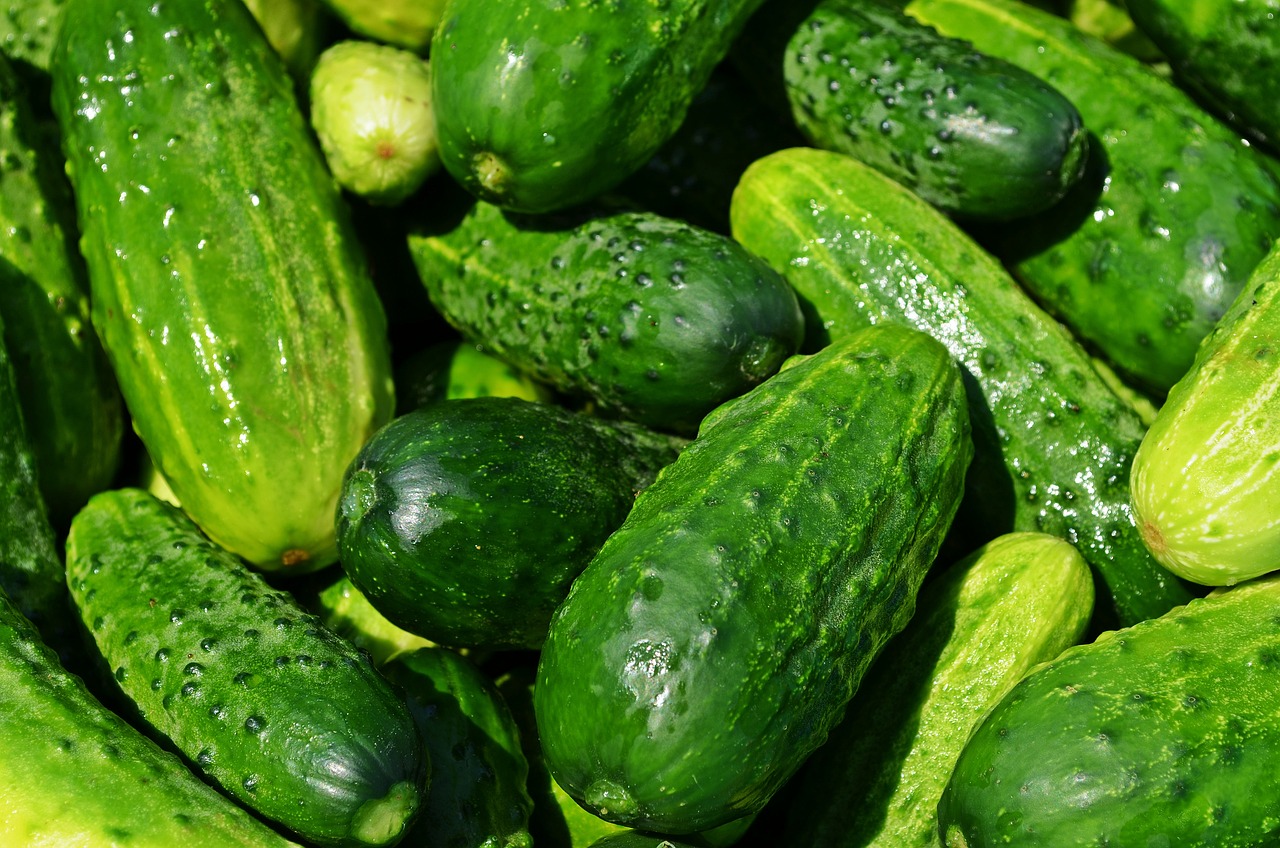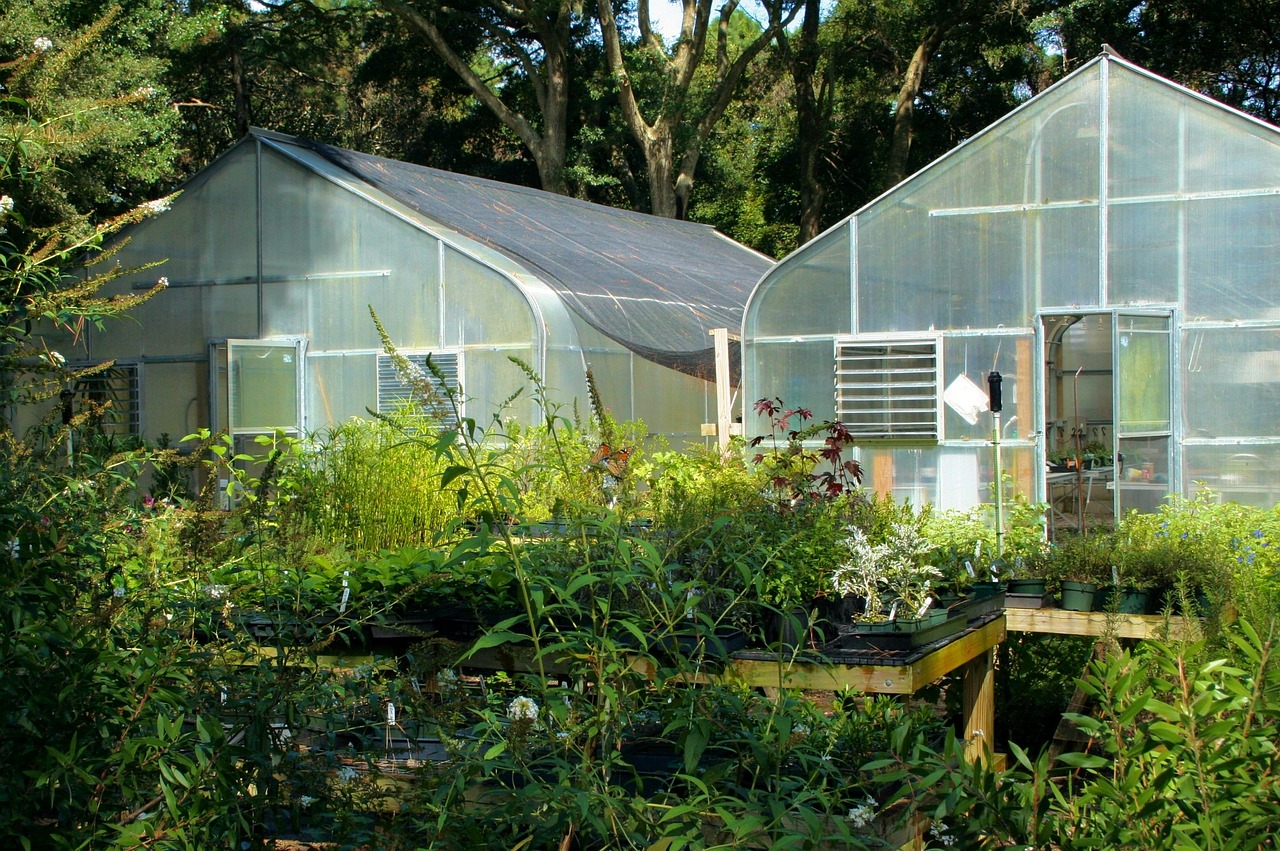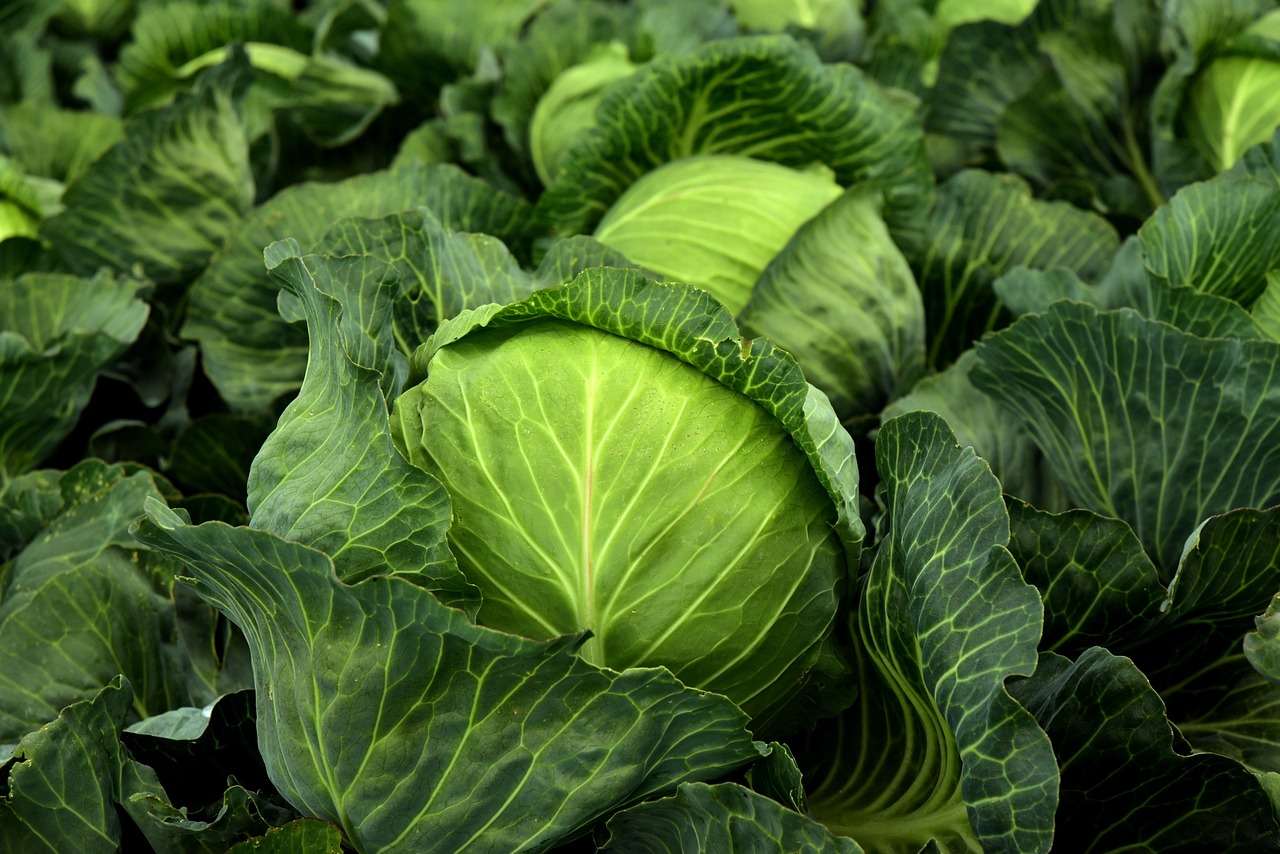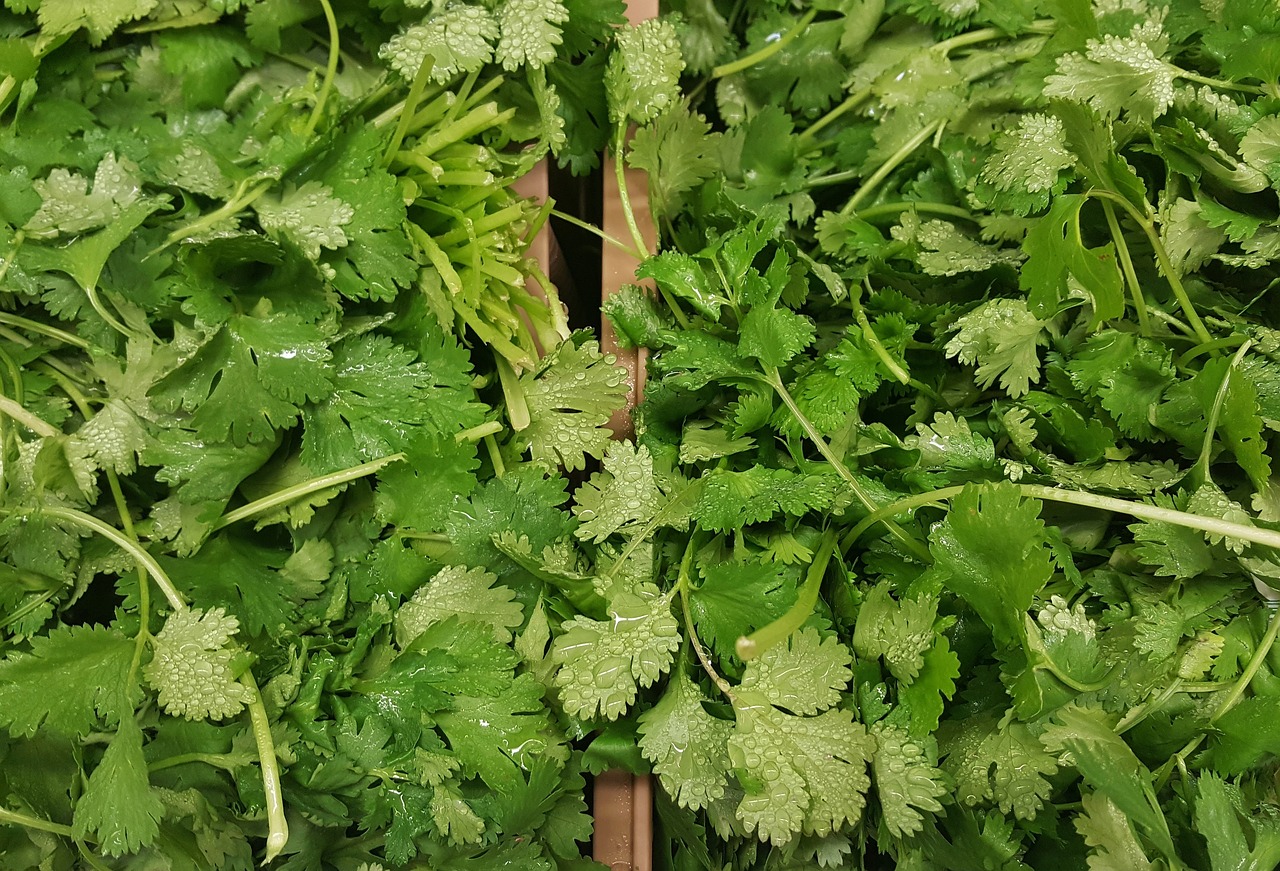Are you interested in growing your own organic cucumbers at home? Whether you’re a seasoned gardener or a novice, there are a few strategies you can use to ensure a bountiful and healthy crop.
With the right variety selection, soil preparation, watering and nutrient management, pest control, and harvesting techniques, you can enjoy the delicious taste and nutritional benefits of homegrown cucumbers all summer long.
When you grow your own cucumbers, you have the advantage of knowing exactly what goes into them. You can avoid harmful pesticides and chemicals, and enjoy the satisfaction of producing your own fresh and healthy food. Plus, with a little planning and care, you can also save money on groceries and reduce your carbon footprint by eating locally-grown produce.
So, let’s dive into some effective strategies for growing organic cucumbers at home and enjoy the fruits (or vegetables) of your labor!
Choosing the Right Cucumber Variety for Your Home Garden
Choosing the right cucumber variety for your home garden is crucial. Certain types may be better suited for your climate and growing conditions than others. When selecting a variety, it’s important to consider your growing conditions. This includes the amount of sunlight, soil quality, and moisture levels.
Some cucumber varieties require more sunlight than others. If you have a partially shaded garden, you may want to choose a variety that can tolerate less sun. Flavor preferences are another factor to consider when choosing a cucumber variety for your home garden. Some varieties are known for their sweet flavor, while others have a more bitter taste. It’s important to select a variety that you and your family will enjoy.
If you’re interested in sustainable gardening, there are tips for seed saving, exchanging, and selecting heirloom cucumber varieties. These varieties have been passed down through generations and can often be more resilient and flavorful than newer hybrid varieties.
Preparing the Soil for Optimal Growth
To achieve optimal growth, it’s important to properly prepare the soil for your cucumber plants. Start by testing your soil to determine its composition. This can be done by purchasing a soil testing kit or by sending a sample to a laboratory.
Once you know the composition of your soil, you can make the necessary adjustments to ensure your cucumber plants have the nutrients they need to thrive. In addition to testing the soil, it’s important to ensure that it is loose and well-draining.
Cucumber plants require soil that is rich in organic matter and drains easily. This can be achieved by adding compost or other organic matter to the soil before planting. Once your soil is prepared, your cucumber plants will have a solid foundation for growth and you can look forward to a bountiful harvest.
Providing Adequate Water and Nutrients
Ensuring your cucumber plants receive the right amount of water and nutrients is essential for a successful harvest. One of the best ways to provide water to your plants is through drip irrigation. This method allows water to slowly drip onto the soil at the base of the plant, ensuring that the roots receive a consistent supply of moisture without overwatering. Drip irrigation also helps to conserve water by reducing evaporation and run-off.
In addition to water, your cucumber plants also need nutrients to thrive. One way to provide these nutrients is by using compost tea. Compost tea is made by steeping compost in water for several days, which creates a nutrient-rich liquid that can be used to fertilize your plants. You can apply compost tea directly to the soil or use it as a foliar spray.

By providing your cucumber plants with the right amount of water and nutrients, you can ensure a bountiful harvest of delicious, organic cucumbers.
Managing Pests and Diseases Naturally
You’ll need to keep a close eye on pests and diseases if you want to protect your precious cucumber plants.
Companion planting is a great way to naturally deter pests. Planting marigolds, for example, can help keep away harmful insects such as aphids and whiteflies. Mint and basil can also be effective in repelling pests, while attracting beneficial insects like bees and ladybugs.
However, if you find that pests or diseases have already taken hold of your cucumber plants, don’t fret!
There are natural remedies that can help. Instead of using harmful chemical pesticides, try making your own homemade pesticides using ingredients such as garlic, neem oil, and soap.
These natural remedies can help control harmful insects and diseases without harming your plants or the environment. By using these strategies, you can ensure that your cucumbers stay healthy and pest-free, allowing you to enjoy a bountiful harvest.
Harvesting and Storing Your Cucumber Crop
Harvesting and storing your cucumber crop is an important part of enjoying the fruits of your labor. Once your cucumbers are ready to be picked, it’s important to handle them with care to prevent any damage.
Use a pair of scissors or shears to cut the cucumber from the vine, leaving a small piece of stem intact. Avoid pulling or twisting the cucumber off the vine as this can damage the plant and affect future harvests.
Once you have harvested your cucumbers, it’s time to enjoy them! Homegrown cucumbers are not only delicious but also packed with health benefits. They are a great source of hydration, contain vitamins and minerals, and can aid in weight loss.
There are endless cucumber recipes to try, from refreshing salads to tasty pickles. With proper storage, you can enjoy your homegrown cucumbers for up to a week. Keep them in the refrigerator in a plastic bag or container to maintain freshness.
Frequently Asked Questions
How long does it take for cucumbers to grow from seed to harvest?
You can expect cucumber seedlings to sprout in about a week or two, and they’ll be ready for transplanting after three to four weeks. Common problems include pests and diseases, but growing cucumbers in containers can help avoid these issues.
Can cucumbers be grown indoors?
Yes, cucumbers can be grown indoors using hydroponic cultivation or container gardening. These methods allow for year-round growing and require minimal space. Consider using LED grow lights and proper ventilation for optimal results.
What is the ideal temperature range for growing cucumbers?
To achieve the ideal cucumber growth rate, maintain temperatures between 70-85°F. Cooler temperatures can slow growth, while hotter temperatures can stunt growth and reduce fruit quality.
Is it necessary to prune cucumber plants?
Pruning is not necessary for cucumber plants but it can provide benefits such as increased air circulation and improved fruit quality. Techniques include removing lateral shoots and dead or yellowing leaves near the base.
How can you tell when cucumbers are ripe and ready to harvest?
To determine if cucumbers are ripe for harvest, check the skin color and size. Harvesting techniques vary depending on cucumber varieties. Pick them when they’re at their peak, firm and shiny, usually every two to three days.
Conclusion
Great job! You’ve successfully learned about the strategies for growing organic cucumbers at home.
By choosing the right cucumber variety, preparing the soil, providing adequate water and nutrients, managing pests and diseases naturally, and harvesting and storing your crop, you can enjoy fresh and tasty cucumbers all season long.
Remember to choose a variety that suits your climate and space limitations. Prep your soil with compost and ensure proper drainage.
Water deeply and consistently, and fertilize with organic options like compost tea or fish emulsion. Keep pests and diseases at bay with natural methods like companion planting and neem oil.
Finally, harvest your cucumbers when they’re ripe and store them in the fridge for maximum freshness. With these strategies in mind, you’ll be a successful cucumber grower in no time!










